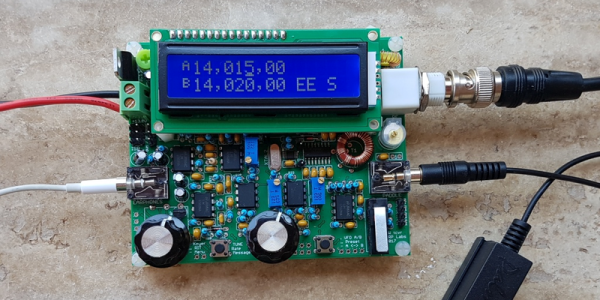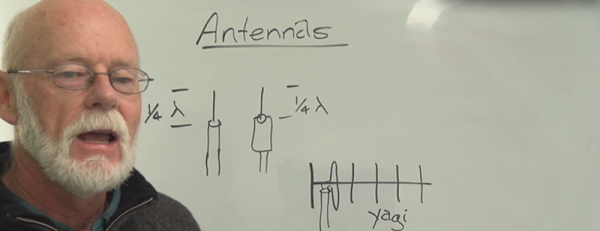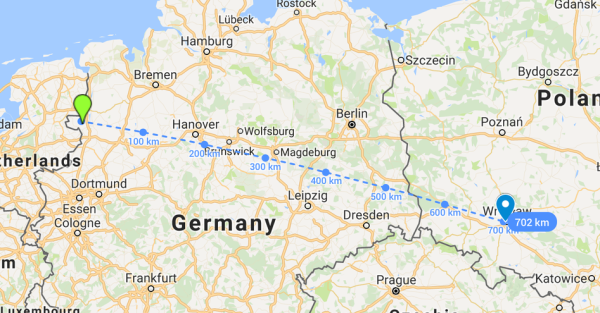QRP radio operators try to get maximum range out of minimal power. This term comes from the QRP Q-code, which means “reduce power.” For years, people have built some very low-cost radios for this purpose. Perhaps the best known QRP kit is the Pixie, which can be found for less than $3 on eBay.
The QCX is a new DIY QRP radio kit from QRP Labs. Unlike the Pixie, it has a long list of features. The QCX operates on the 80, 60, 40, 30, 20, or 17 meter bands at up to 5W output power. The display provides tuning information, an S-meter, and a CW decoder. An on-board microswitch functions as a basic Morse key, and external Iambic or straight keys are also supported. An optional GPS can be used as a frequency reference.
The radio is based around the Silicon Labs Si5351A Clock Generator, a PLL chip with three clock outputs ranging from 2.5 kHz to 200 MHz. The system is controlled by an Atmel ATmega328P.
Demand for the kit has been quite high, and unfortunately you’ll have to wait for one. However, you can put down your $49 and learn Morse code while waiting for it to ship. While the project does not appear to be open source, the assembly instructions [PDF warning] provide a full schematic.




 A couple of weeks ago at an alternative society festival in the Netherlands, a balloon was launched with a LoRaWAN payload on board that was later found to have
A couple of weeks ago at an alternative society festival in the Netherlands, a balloon was launched with a LoRaWAN payload on board that was later found to have 












